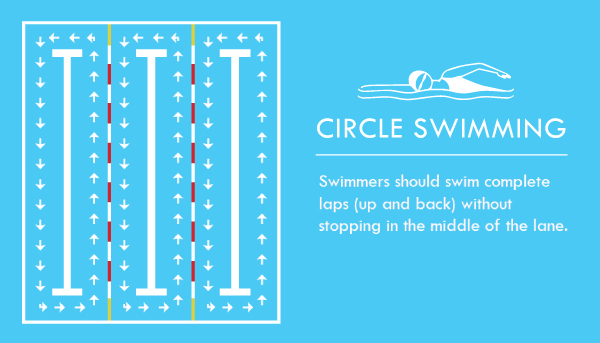May 11, 2016
The Z-Center Pool goes to Long Course
If you are a frequent swimmer at the Z-Center, you may have noticed something different about the pool lately. As of May 2nd we are in Long Course for the summer! What does this mean for you? Why on earth did we change things? We promise we’ve got you covered. Read on…
Switching to Long Course is quite the process. Check out this time lapse video where our Aquatics team handles the switch with style.
The MIT Zesiger Center changes its Olympic-sized swimming pool lanes from short (25 yards per lane) to long (50 meters per lane) every summer, just in time for – you guessed it – Long Course Season in competitive swimming. Along with being necessary for the meets we will host over the warmer months, this change is great for anyone looking to work on their long distance swimming or looking to compare their swim times to standard time trials.
If you miss Short Course already, don’t worry, we switch back around mid-August (and there are the teaching and Alumni pools too). In the meantime, there is an art to sharing the lanes while in Long Course called “Circle Swimming” and it is required at all times (to avoid pandemonium). Much like driving around a track, swimmers treat the interior of a lane like a long, circular road, swimming to the right and passing other swimmers, if necessary, on the left. Each lane conveniently has a center marker painted on the pool floor to help swimmers orient themselves as they circle. With the pool down to only 8 lanes total, this method of swimming allows for multiple swimmers to share a lane peacefully and safely.

There are a few particular areas of caution for circle swimmers. Just like driving, you have to deal with merging, exiting and different speeds. Here are a few more important things to note:
- Even if you are alone in a lane, someone may join you from either end at any time.
- Lanes are marked for fast, medium, and slow swimmers, but these speeds are relative in practice so be prepared to alter your stroke or even change lanes to find your speed.
- If stopping at the wall, stay in the far corners to allow swimmers room to turn.
- Watch for potential collisions with either turning or entering swimmers.
- Yield to faster swimmers.
Still not sure about circle swimming? Talk to a lifeguard on duty during your swim, or to other swimmers in your lane.
BACK TO ALL

Comments
There aren't currently any comments on this blog entry.